We are very pleased to appoint Professor Huw Davies as a new Associate Editor for Chem Soc Rev. Huw has been involved with the journal in various capacities since 2004 and will now be handling submissions in the areas of organic chemistry and catalysis.
![Davies copy[1]](https://blogs.rsc.org/cs/files/2013/05/Davies-copy1.jpg) Huw is the Asa Griggs Candler Professor of Chemistry at Emory University in Atlanta, USA. Work within the Davies group at Emory draws upon an established knowledge of asymmetric synthesis and catalysis to discover and develop novel methodologies, with the ultimate goal of defining enabling technologies for the chemical community. In 2007, Huw became a Fellow of the Royal Society of Chemistry.
Huw is the Asa Griggs Candler Professor of Chemistry at Emory University in Atlanta, USA. Work within the Davies group at Emory draws upon an established knowledge of asymmetric synthesis and catalysis to discover and develop novel methodologies, with the ultimate goal of defining enabling technologies for the chemical community. In 2007, Huw became a Fellow of the Royal Society of Chemistry.
Chem Soc Rev now has four Associate Editors handling submissions to the journal:
- David Amabilino (ICMAB) – supramolecular chemistry, macrocycles, self-assembly, chirality and stereochemistry
- Huw Davies (Emory University) – organic chemistry and catalysis
- Douglas Stephan (University of Toronto) – inorganic chemistry
- Zhong-Qun Tian (Xiamen University) – physical chemistry
Read more about Huw’s research in his recent articles:
Rhodium-catalyzed enantioselective cyclopropanation of electron-deficient alkenes
Hengbin Wang, David M. Guptill, Adrian Varela-Alvarez, Djamaladdin G. Musaev and Huw M. L. Davies
Chem. Sci., 2013, Advance Article
DOI: 10.1039/C3SC50425E, Edge Article
Convenient method for the functionalization of the 4- and 6-positions of the androgen skeleton
Daniel Morton, Allison R. Dick, Debashis Ghosh and Huw M. L. Davies
Chem. Commun., 2012,48, 5838-5840
DOI: 10.1039/C2CC31973J, Communication
Guiding principles for site selective and stereoselective intermolecular C–H functionalization by donor/acceptor rhodium carbenes
Huw M. L. Davies and Daniel Morton
Chem. Soc. Rev., 2011,40, 1857-1869
DOI: 10.1039/C0CS00217H, Tutorial Review
From themed collection C–H Functionalisation in organic synthesis












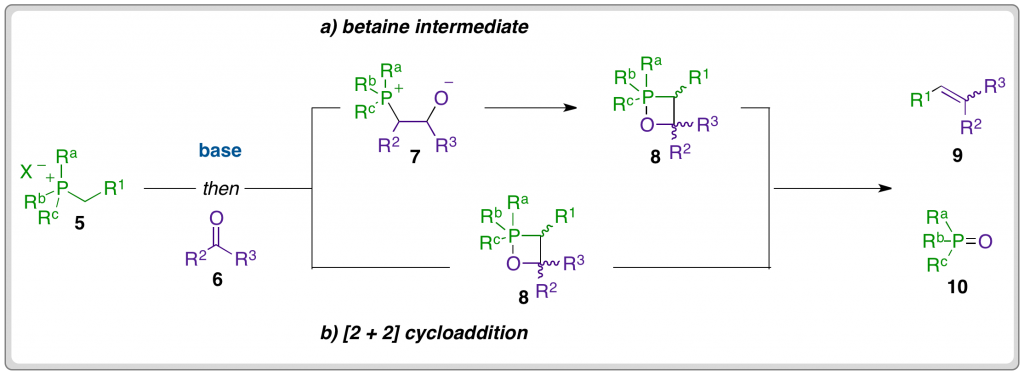
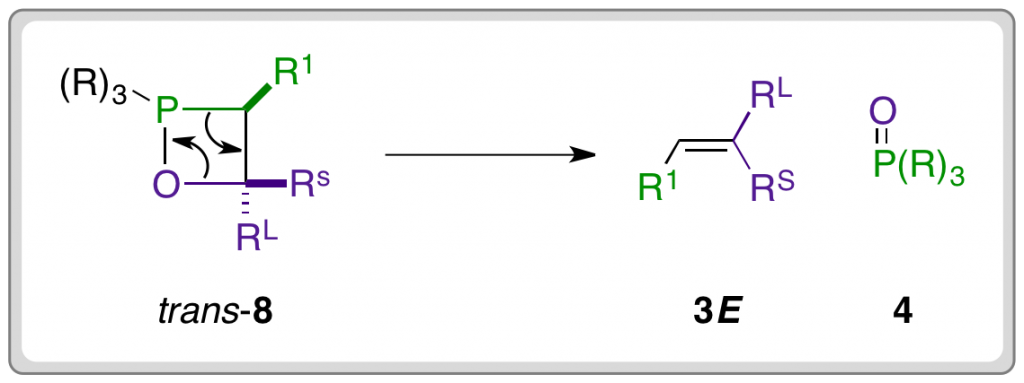

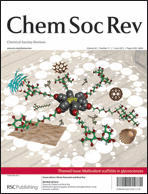
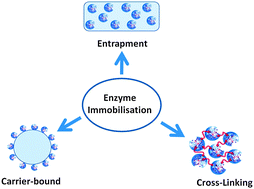
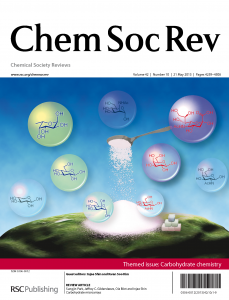
 Glycopolymer probes of signal transduction
Glycopolymer probes of signal transduction